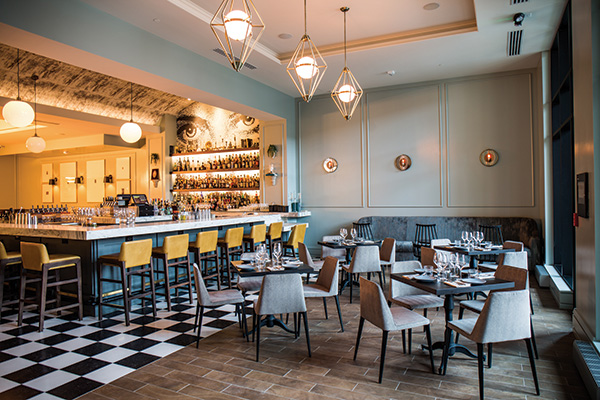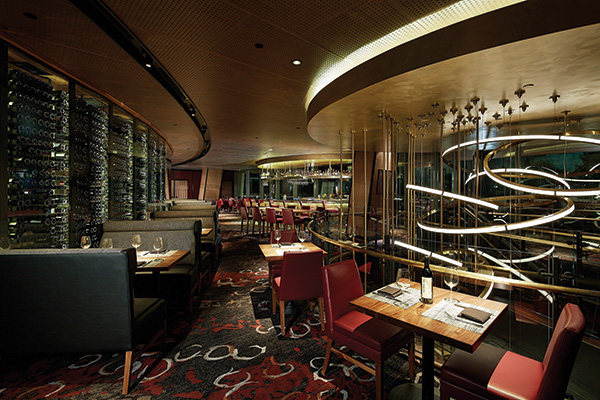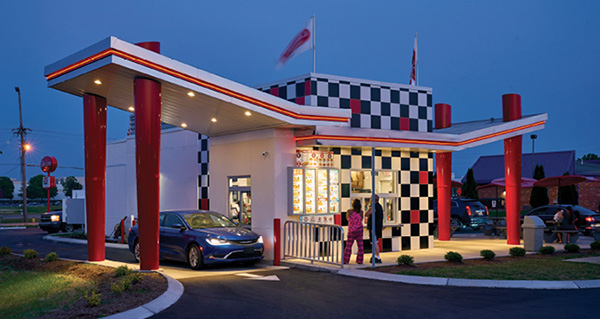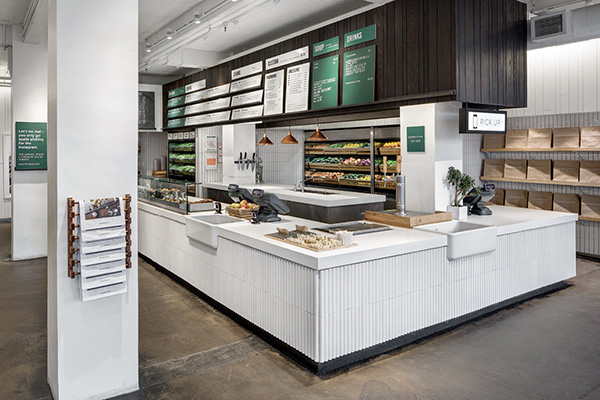Design
- Design
- Dana Tanyeri
Moving a flagship location while at the same time introducing a bold new look isn’t without stress for the team involved or without risk for the concept. But when that flagship’s original trade area starts shifting, when its first-generation look begins to feel dated, and when a stellar piece of real estate beckons from across town, the case for making such a move can be compelling.
- Design
- Rebecca Kilbreath
Talking to people with a passion for their work is one of the greatest things about my job.
- Design
- Maureen Slocum
In 2012, we started restaurant development + design as a complement to our established magazine Foodservice Equipment & Supplies, now in its 70th year. We felt that through our work on FE&S, we had identified an underserved market of people who were specifically engaged in the design aspects of restaurant creation and the reinvigoration of existing restaurant spaces.
- Design
- Dana Tanyeri
Restaurants are finding great new ways to enhance the guest experience using technology. For some, that means more customer-facing tech tools; for others, it’s all about behind-the-scenes solutions that facilitate exceptional, high-touch service. Such is the case at Single Thread.
- Design
- Amanda Baltazar
Visit Tropical Smoothie Café in Tallahassee, Fla., and you’ll enter a 600-square-foot restaurant. But travel up to Columbus, Ind., and you’ll be in a location measuring 3,000 square feet.
- Design
- Dana Tanyeri
Air travel may be more cramped and less hospitable than ever, but what passengers have lost in terms of the on-board experience is being more than made up for on the ground. Modern airports are becoming oases where travelers with time to kill can relax and enjoy all manner of goods and services, from massages and manicures to high-tech workstations, wine bars, specialty coffee shops, play parks, art exhibits and even pet patios. And they can dine — oh, can they dine. Along with traditional concessions and familiar restaurant chains, airports are bringing finer dining, often developed by award-winning local and regional chefs, into the mix. Here’s a taste.
- Design
- Valerie Killifer
Operators have several options when making room for takeout within a restaurant’s four walls. They can decide to renovate their existing dining room, or they can open new restaurant locations with ample space built in to accommodate takeout customers. Either way, operators have a host of things to consider when making room for takeout operations.








